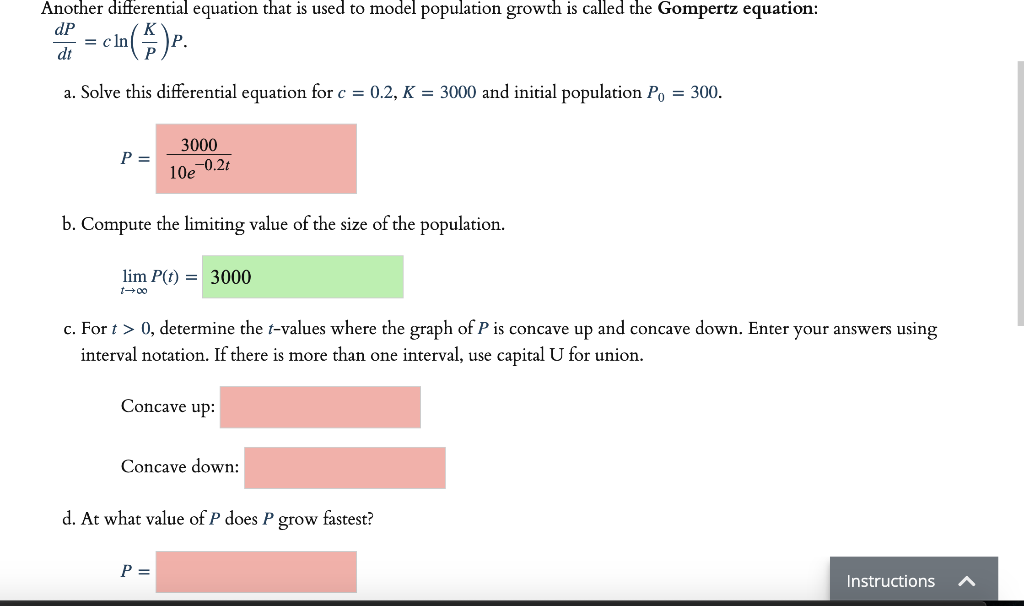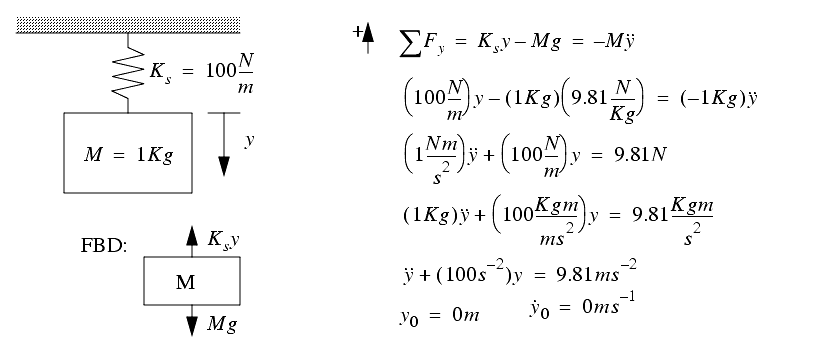

However, even with these extensive datasets, the quantitative understanding of gene regulation is far from comprehensive, since the available data usually gives only an average of many cell states or a few snapshots of dynamic systems.

These data include complete genome sequences for many organisms, identification of many proteins and RNAs involved in the regulatory processes inside the nucleus, dynamic measurements of expression levels for many genes, and in vivo occupancy of the DNA by transcription factors, cofactors and nucleosomes. In a recent shift, large-scale biological data sets are now providing a quantitative basis for systems biology studies. Until recently, the preponderance of mechanistic gene regulatory studies have been empirically focused on the activity of individual transcriptional components, rather than generating an integrated picture of a system.

Despite our expanding knowledge of the biochemistry of gene regulation, we lack a quantitative understanding of this process at a molecular level. Modeling gene regulation is central to such efforts because gene expression is at the nexus of many biological processes, and subtle changes of regulatory protein levels or links can underlie human diseases, population differences and the evolution of morphological novelties ( Carroll et al., 2001). A confluence of high-throughput experimental techniques, expanding genomic information and a focus on systems biology has lent new momentum to mathematical modeling of biological systems.


 0 kommentar(er)
0 kommentar(er)
